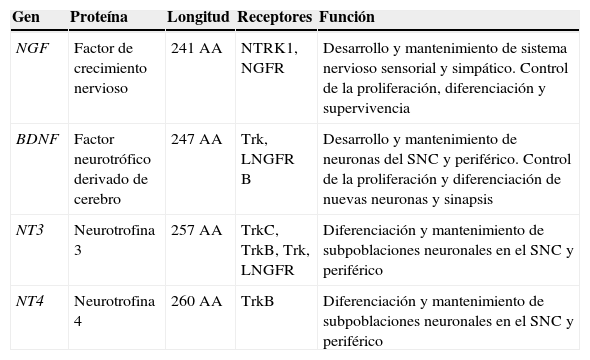La hipoacusia neurosensorial es un problema que se debe principalmente a la pérdida de células ciliadas cocleares, con la consecuente desaferenciación de las neuronas del ganglio espiral. En los humanos no existe regeneración celular endógena en el oído interno, ni una terapia exógena que permita la sustitución de las células dañadas. El tratamiento actual se basa en las prótesis auditivas y los implantes cocleares. Estos dispositivos presentan resultados variables entre pacientes, con limitaciones en la discriminación auditiva y una vida útil limitada. La tecnología, cada vez más avanzada, está limitada por la capacidad funcional de las neuronas restantes del ganglio espiral. Las terapias emergentes, con células madre y reprogramación celular, han desarrollado varias posibilidades para inducir la regeneración endógena o para trasplantar células madre que puedan sustituir las células dañadas y restaurar la función auditiva. El conocimiento de la biología celular y molecular del oído interno y su desarrollo embrionario permite plantear el uso de células madre inducidas como modelos in vitro de enfermedad y terapia celular sustitutiva. La investigación traslacional en la hipoacusia neurosensorial está orientada al desarrollo de una terapia celular con aplicación clínica para el tratamiento de la hipoacusia neurosensorial profunda.
Sensorineural hearing loss is a caused by the loss of the cochlear hair cells with the consequent deafferentation of spiral ganglion neurons. Humans do not show endogenous cellular regeneration in the inner ear and there is no exogenous therapy that allows the replacement of the damaged hair cells. Currently, treatment is based on the use of hearing aids and cochlear implants that present different outcomes, some difficulties in auditory discrimination and a limited useful life. More advanced technology is hindered by the functional capacity of the remaining spiral ganglion neurons. The latest advances with stem cell therapy and cellular reprogramming have developed several possibilities to induce endogenous regeneration or stem cell transplantation to replace damaged inner ear hair cells and restore hearing function. With further knowledge of the cellular and molecular biology of the inner ear and its embryonic development, it will be possible to use induced stem cells as in vitro models of disease and as replacement cellular therapy. Investigation in this area is focused on generating cellular therapy with clinical use for the treatment of profound sensorineural hearing loss.
Artículo
Comprando el artículo el PDF del mismo podrá ser descargado
Precio 19,34 €
Comprar ahora











